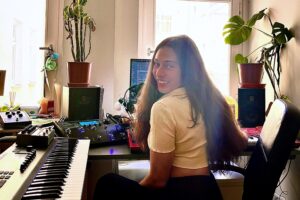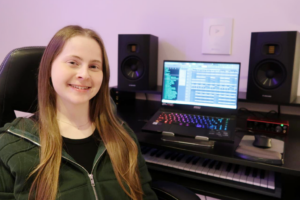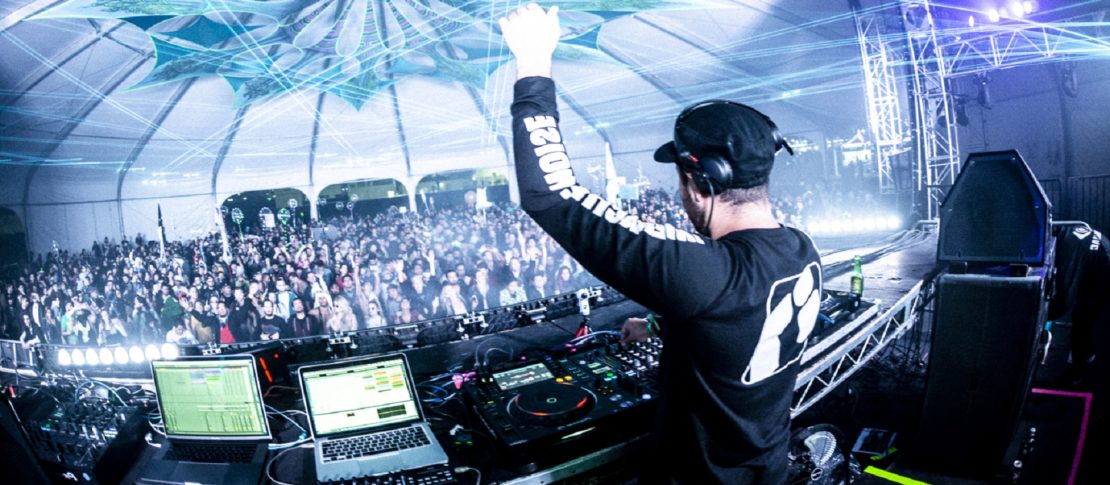
Interview with Hugo Venegas [Interactive Noise]
Mexican producer Hugo Venegas is one of the biggest names in the Psytrance scene. His journey as Interactive Noise has seen him perform all around the world for over a decade. As a pioneer of the Progressive Psytrance revolution, he has set trends within the genre by taking influences from techno and minimal sounds.
Well, Hugo, it’s great to speak with you! Even though you’re from Mexico, you haven’t been in Mexico for the last couple of years, right? What have you been up to?
Hey! Thank you for the invitation. Yeah, I am originally from Mexico, but the last eight years have been like a wheel of fortune. I have been around the world, passing from north, south, east, and west, playing gigs in 23 countries and around 50 different cities. Before the coronavirus made things complicated, I was on a tour in central Europe. Unfortunately, I had to make the difficult decision to cut the tour short and go back home. But soon I will be back!
What is your greatest memory from traveling the world and playing shows?
It’s a difficult question to answer because I have so many good memories. It’s hard to choose only one, but the one that comes to mind is going to Africa for the first time. Africa has a completely different culture from Mexico. That trip was so crazy and awesome; the people were very hospitable. It’s definitely a great memory I will remember for my whole life.
It seems like you’ve seen it all. Do you notice any differences in the Psytrance crowds around the world? Where were you most impressed by the energy of the crowd?
There are definitely differences between different dancefloors around the world. Some people love melodic transitions, others prefer breaks, and some people go crazy for the drops. Without doubt, some of the craziest Psytrance dancefloors are in Brazil, Australia, and Israel. They go wild when they dance.
How has the Psytrance scene evolved over the last decade?
The Psytrance scene has really taken great steps. It’s now taken more seriously by the big festivals, shaping itself into a mainstream genre. It’s not just underground anymore, as a lot of mainstream names are producing and playing Psytrance in their sets. I feel the Psytrance scene is going from strength to strength in the music industry.
I started producing Progressive Psytrance a long time ago, and let me tell you, in the beginning it was very difficult to make a living from it. But with time, Psytrance grew at such an accelerated rate that now festivals with more than 30k people come to listen to 24 hours of Psytrance – crazy, eh?
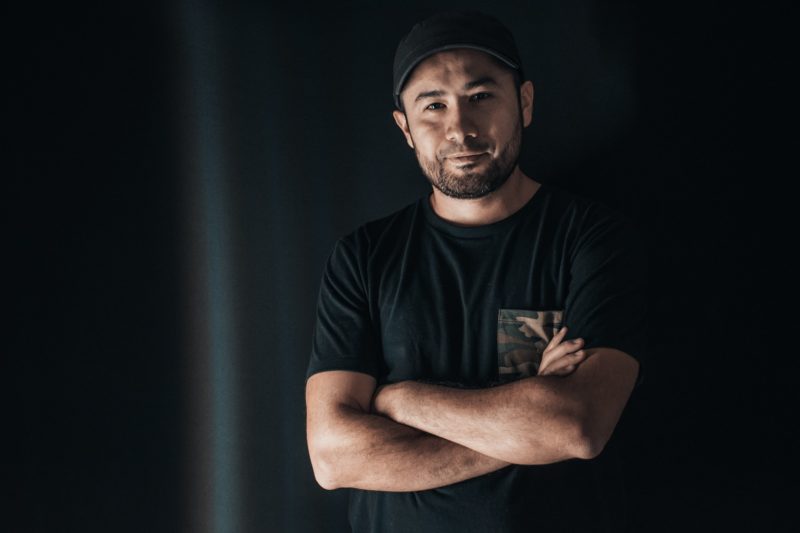
Your career as Interactive Noise also began more than a decade ago. How has your music changed over the years?
It has been a path full of effort, dedication, and persistence. I think my music has evolved a lot in quality and composition; I guess that’s why people still follow me since the beginning of my career until now. I really appreciate that. I just want to keep striving for innovation.
What do you love most about Psytrance?
I fell in love with Psytrance music for its energy. There are infinite ways of dancing to it. And when it comes to producing Psytrance – there are no rules. I love the feeling of freedom that it gives me. I also love the sense of community Psytrance has – that feeling I get when I travel to all the different Psytrance festivals around the world. I can’t wait to be back on the road and playing the new music I have produced throughout quarantine.
How would you describe your music to someone who has never heard it?
It’s hard to say because the music is quite abstract. I guess I always try to transmit dynamic energy to people, offering them rhythms with some kind of story within the production. I always include personality in each track, in a way that people can feel the subject of the song. A rule in my music is: each sound, sequence, melody, or vocal that is included, has to be there for a specific reason. That’s the main characteristic of Interactive Noise.
Who were you influenced by the most on your way to the Psytrance top?
I think I am influenced by everything I listen to. I love music, but in terms of my music I would say: deadmau5, The Chemical Brothers, The Prodigy, Neelix, Fabio Fusco, Astrix, Infected Mushroom … It’s hard to say exactly, because whether you like it or not, you are influenced by everything that enters your sense of hearing.
Last year you produced the track “Hello” with the German Psytrance producer Neelix. You have lots of friends in the psytrance scene. Is it like a big family to you?
We produced “Hello” remotely during 2020. We had the idea for the track for six months. It’s one of my favorite tracks that I have produced in the last few years. I love the message of the track. It’s a track that urges people to be united despite social distancing. We made an official video with our fans. They each sent us a video of them dancing along to the track at home. The end result was so cool.
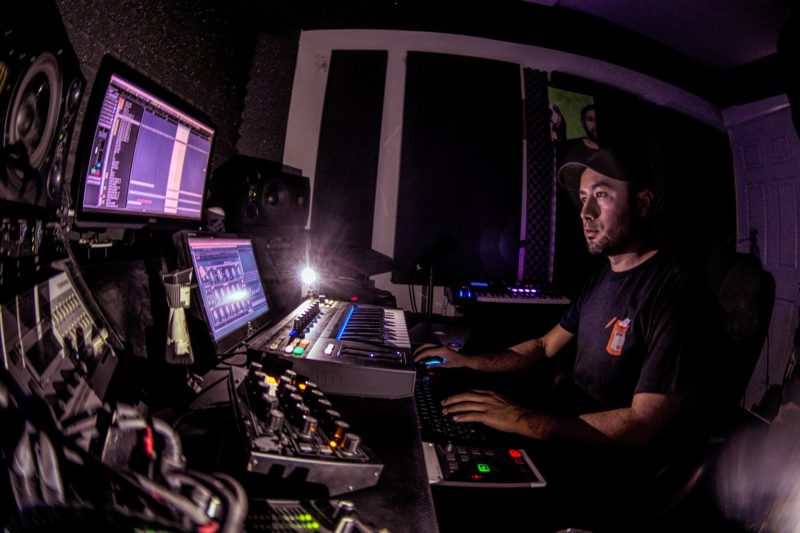
Your studio is in Mexico City – how would you describe your studio in one sentence?
If I had to describe my studio in only one sentence, I would say: It’s my groove land!
A great description! If you could only use three pieces of gear for the rest of your career, what would they be and why?
Without doubt, my best reference points for my recordings are my ADAM Audio A7X studio monitors. I would also choose the Roland System 100 synth and the Nord Drum 2. I love them all and I use them every day.
Is there a useful production tip that you’d like to share with the world?
I think something important to remember is to always work down -10 dB. Having this headroom really helps to avoid digital distortion. I think it’s quite a basic tip, but also very important.
What do you do when you’re not in the studio or playing gigs?
If I’m not in the studio, I’m usually spending time with my family and friends, or taking my skateboard to the skate park to practice. I still love the skating life.
Last question: What is your vision for the future? Where do you see yourself in 10 years?
My vision of the future, regarding entertainment in music, is to incorporate music with a theatrical concept – creating music as a story, hooking each sound to an external performance. I would love to have a group of people performing music together, with a visual synchronization on digital screens in conjunction with lights and lasers – integrating performance and visual design. It would be tons of work, I know, but it’s not impossible. Maybe in 10 years I will be able to solidify this idea.
